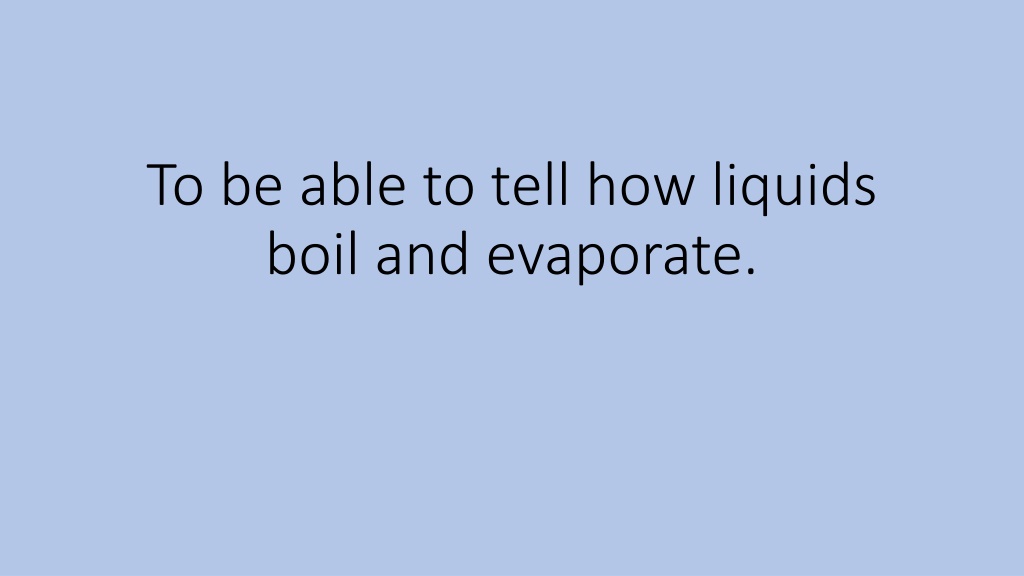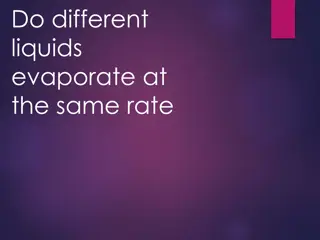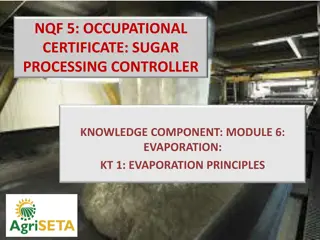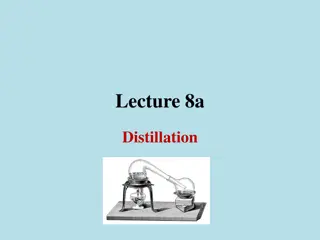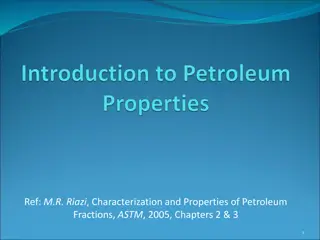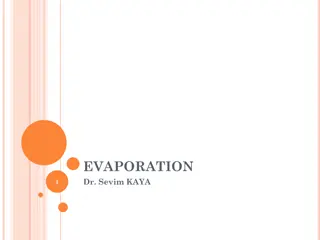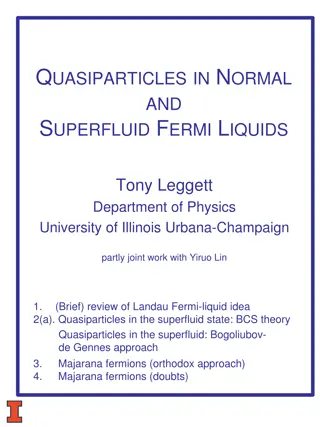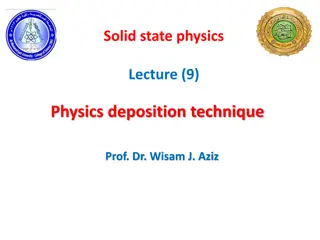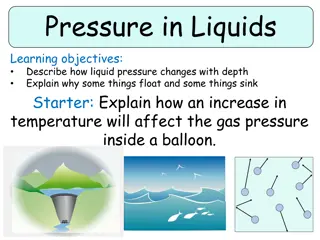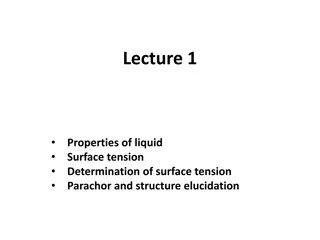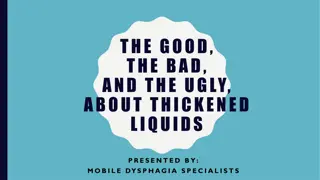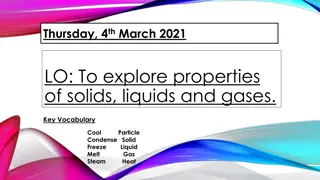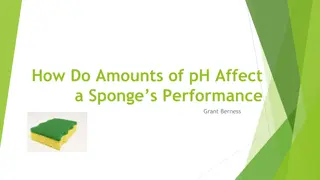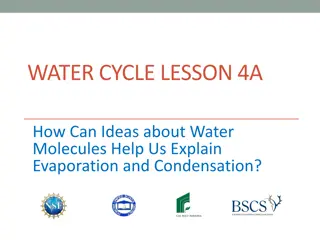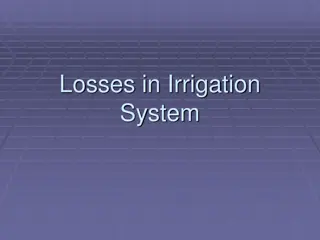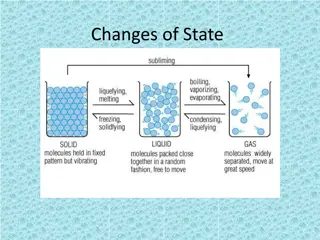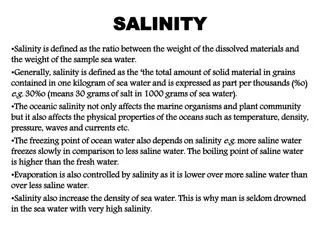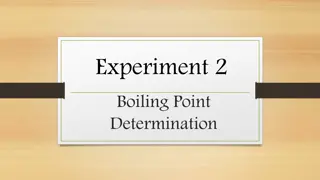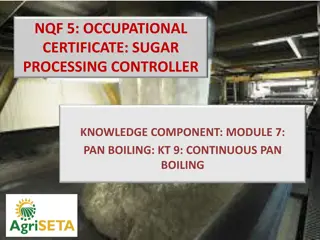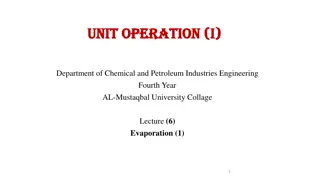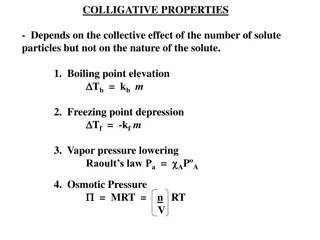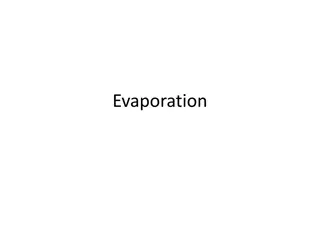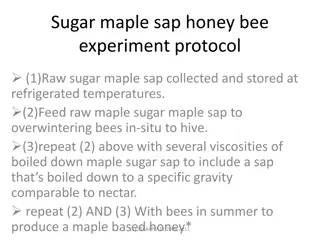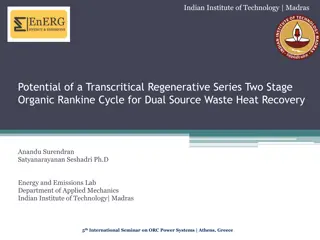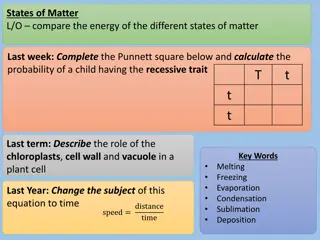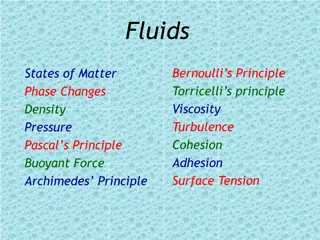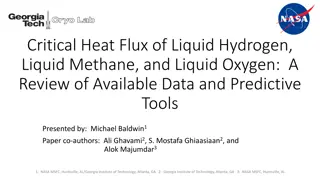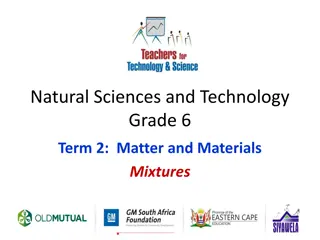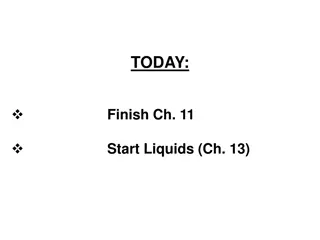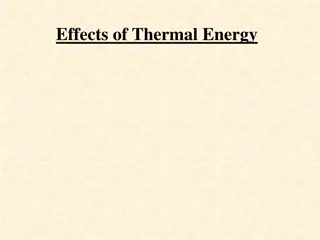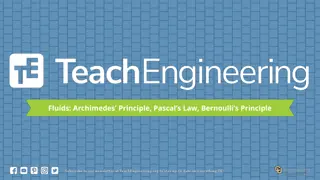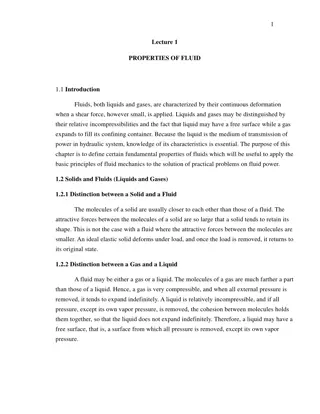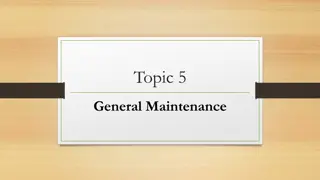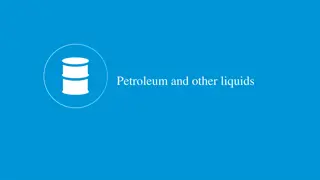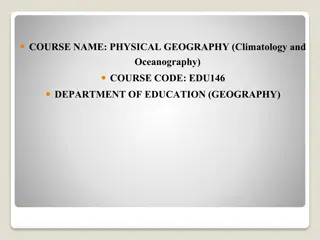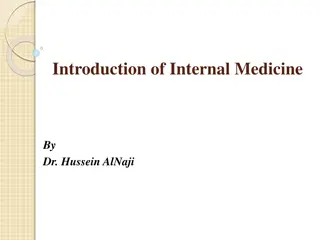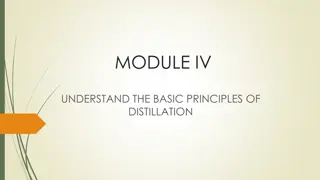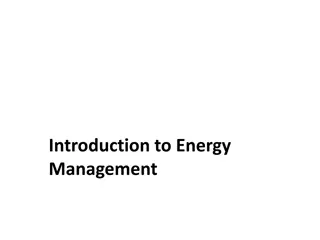Understanding Boiling and Evaporation of Liquids
Learn about the process of boiling and evaporation of liquids, including how liquids transform into gases, the role of temperature in these changes, examples of evaporation in daily life, and fun experiments to explore drying times. Discover the three states of matter and the significance of water vapor in the Earth's atmosphere.
Download Presentation

Please find below an Image/Link to download the presentation.
The content on the website is provided AS IS for your information and personal use only. It may not be sold, licensed, or shared on other websites without obtaining consent from the author. Download presentation by click this link. If you encounter any issues during the download, it is possible that the publisher has removed the file from their server.
E N D
Presentation Transcript
To be able to tell how liquids boil and evaporate.
States of matter There are 3 states of matter, can you name them? S .. L .. G .. What do we know about them?
Video https://www.youtube.com/watch?v=y5gFI3pMvoI
Boiling When water heats up (to a boiling point), it turns into water vapour. Once water becomes water vapour, it can easily move up to the Earth's atmosphere. Water vapour is a type of gas meaning that the liquid has to turn into a gas to be able to evaporate
When a liquid becomes a gas it is called boiling or vaporization. Again, at a certain temperature called the boiling point, the molecules will gain enough energy to break free and become a gas. The boiling point for water is 100 degrees C
Evaporation is the changing of a liquid into a gas. Evaporation happens all around us without us knowing it. A puddle on the road which begins to disappear is evaporating. Evaporation happens at a faster rate by the temperature being warmer and by the air moving more quickly in a breeze.
You can see evaporation taking place when a kettle boils, steam is the gas coming from the water. Sometimes you can see steam rising from the road or the playground after it has rained, this too is evaporation. Other examples of evaporation include warm-air hand driers, blowing on ink to dry it and washing drying well on a sunny breezy day.
Experiment: How long it takes for washing to dry in different place? Why is it different? - Make a prediction - Get 3 wet socks and put each one in a different place - On a heater - Outside on a dry day - On a cold surface/cold room - Record how long each sock takes to dry in the table - Write what you notice (compare them with each other) why do you think this?
Experiment: How long it takes for water to evaporate from different containers. - Make a prediction - Take 3 containers (1 small, one medium and one big one) - Put them all on top of a heater/warm place - Fill them with the same amount of water (50ml) - Record your findings (did some water evaporate? Did some not? Why do you think this is?)
